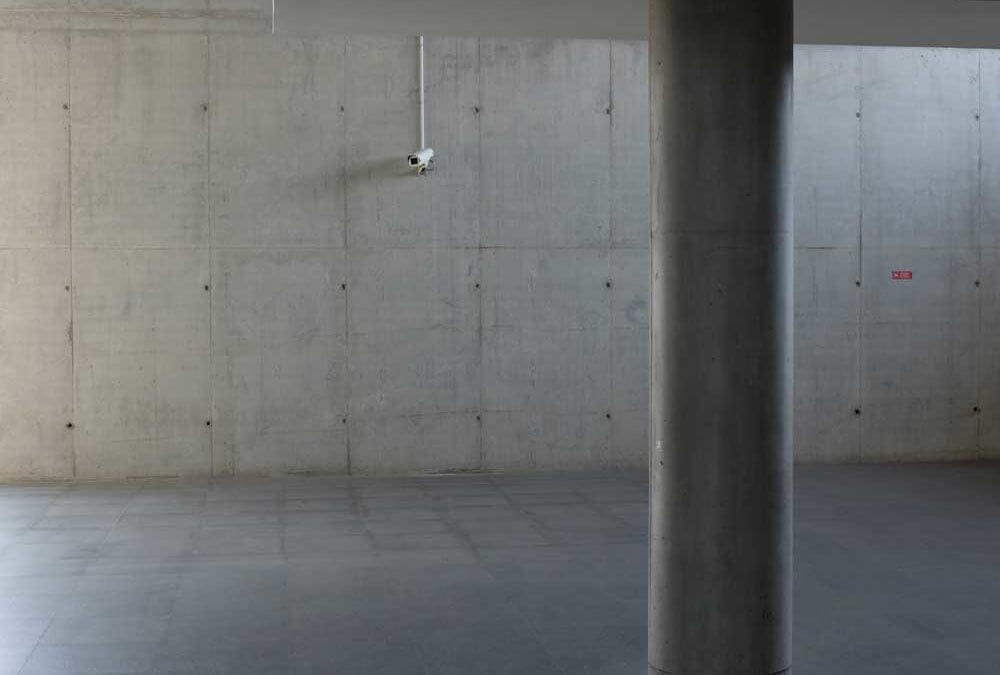Flooring is an essential component of any structure. It takes the brunt of our daily activities and is often the first surface exposed to wear and tear. As such, it is vital to invest in floors that can cope with regular foot traffic while simultaneously adding value to your property.
Floor screed is the layer of the floor which sits between the concrete and the final finish, be that porcelain tiles, wood, vinyl or carpet. The function of the floor screed is to provide a sufficiently strong, durable, smooth and level surface for the final finish to be laid on.
With various types of floor screed available in the market today, determining which one to use is important. If you are having a hard time choosing the most suitable one for your home or establishment, we have listed down the different types and their appropriate applications.
Firstly we will look at three types of screeded floor design, then three types of screed product which can be used for all three of those screeded floor designs.
Screeded floor designs
Bonded Floor Screed
This type of screed is bonded to the substrate with the aid of bonding agents such as PVA, SBR or old-fashioned cement. This is a typical choice for thinner applications where a heavy load is expected.
Un-bonded Floor Screed
As compared to bonded screed, this mix is not fixed firmly to the concrete base. Instead, it is simply laid on a damp-proof membrane that sits on top of the concrete. The advantage of using a membrane is that it minimises the risk of shrinkage, settlement and the occurrence of moisture. It is important to note that the drying process of un-bonded floor screed is critical. Drying too fast may prompt the edges of the screed to curl or distort.
Floating Floor Screed
Floating screeds are unbonded screeds but generally laid on a layer of insulation. They are mainly used in structures with underfloor heating or for situations where acoustic or thermal insulation is needed. It requires a thickness of 50 – 65mm, even up to 75mm for heavily-loaded floors. When underfloor heating is installed the critical thickness is the cover of screed over the heating pipes which should be 25mm minimum.
Screed types
Traditional sand/cement screed
Sand/cement screeds are the most widely used product and consist simply of sand mixed with cement and water to a semi-dry consistency such that it can be shovelled, trowelled and levelled into place. It can be delivered from a factory or mixed on-site, the size of the job will determine this.
These screeds are low cost in materials and have been used successfully for decades. Typically they are laid 60mm thick. The fact that they are cement-based rather than gypsum-based means that they can be laid under wet rooms and will not adversely react with cement-based tile adhesives. Drying times are typically 21 days before floor coverings can be applied. Their disadvantages are that they are slow to apply requiring much manual labour on hands and knees. They are also less even in surface than flowing screeds and their thermal conductivity is worse than flowing screeds because the contact screed to heating pipes is not as close. Arguably they are not the modern way to apply a screed and are gradually being replaced by flowing screeds.
Flowing or Liquid Screeds – gypsum-based
Gypsum (aka anhydrite or calcium sulphate) based flowing screeds with trade names such as GYVLON and GYPSOL flow readily from a pump and can be placed much faster than traditional screeds – up to 1500m2 in a day. Placing requires simply moving the pump pipe around and using a dapple bar from an upright position. They give a smooth, even surface and have good thermal conductivity. Despite the inherently high water content they rarely crack or curl.
The downsides to a gypsum-based flowing screed are fourfold. Firstly the drying time before floor coverings can be applied is very long, manufacturers data will state 1 day per 1mm of screed thickness up to 40mm and 2 days per mm thereafter. That is 60 days for a comparatively thin 50mm screed and many screed applicators report even longer drying times in certain situations. This can be a real constraint to the speed of a build programme.
Secondly, a gypsum-based screed has a surface laitance, flaky laminate material which has to be sanded off prior to applying floor coverings. Thirdly this screed type should not be used under wet rooms as if water were to penetrate into it the screed would blister and disintegrate as wall plaster does after a flood. Lastly, gypsum-based products when damp is not compatible with cement-based tile adhesives and as such will require priming (twice) before laying tiles with cement-based adhesives.
Flowing or Liquid Screeds – cement-based
Cement-based flowing or liquid screeds have now been available for several years. In the past, these had cracking issues but recent advances in formulation and curing have solved this. A cement-based liquid screed is batched from cement, sand, water and a limestone powder-based binder containing additives to enhance flow, reduce shrinkage and stop bleed and segregation in the screed.
Put simply cement-based flowing or liquid screeds have all the advantages of their gypsum-based equivalents with none of the disadvantages.
Cement-based flowing screeds dry in 21 days, can be used in wet areas, have no surface laitance and require no priming under any type of flooring adhesive.
If you are looking for the UK manufactured quality assured cement based liquid screed then Longfloor is a respected brand www.longfloor.co.uk. Its binder is made in Matlock, Derbyshire based on the high purity limestone powder quarried and milled by independent company Longcliffe. Stockists, normally suppliers of ready mixed concrete, are located around the country. For enquiries please contact us on 01629 540284 or e-mail us at sales@longfloor.co.uk.

